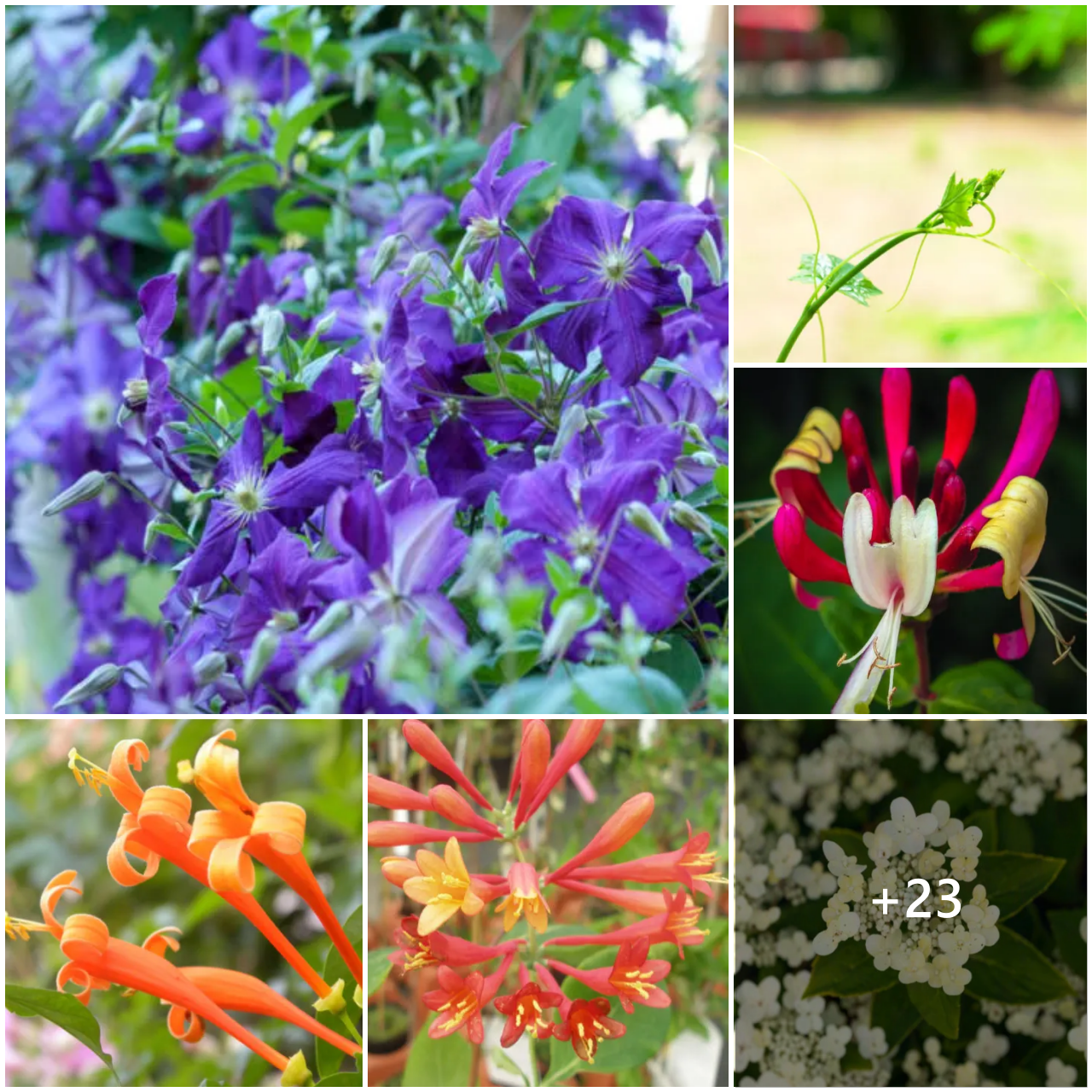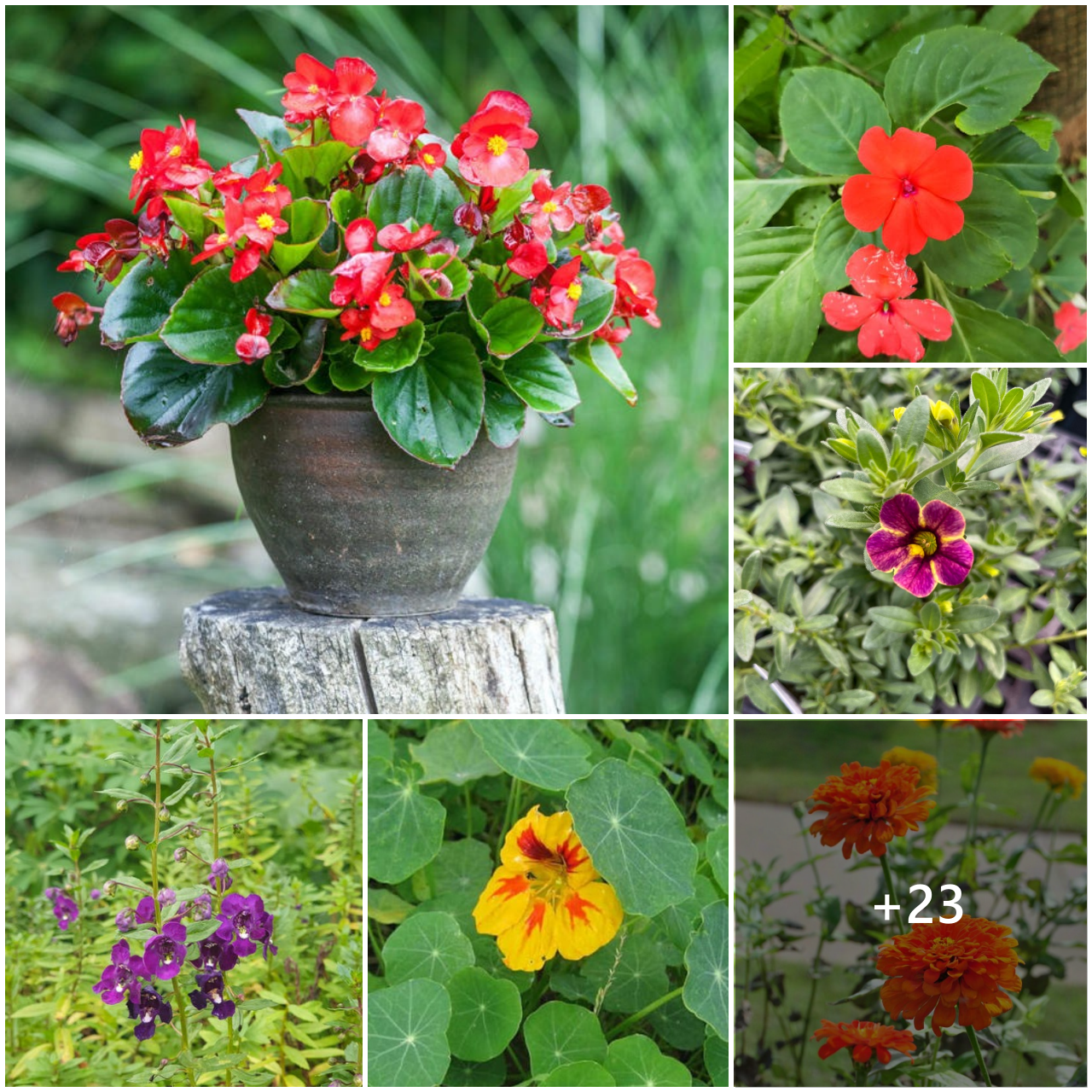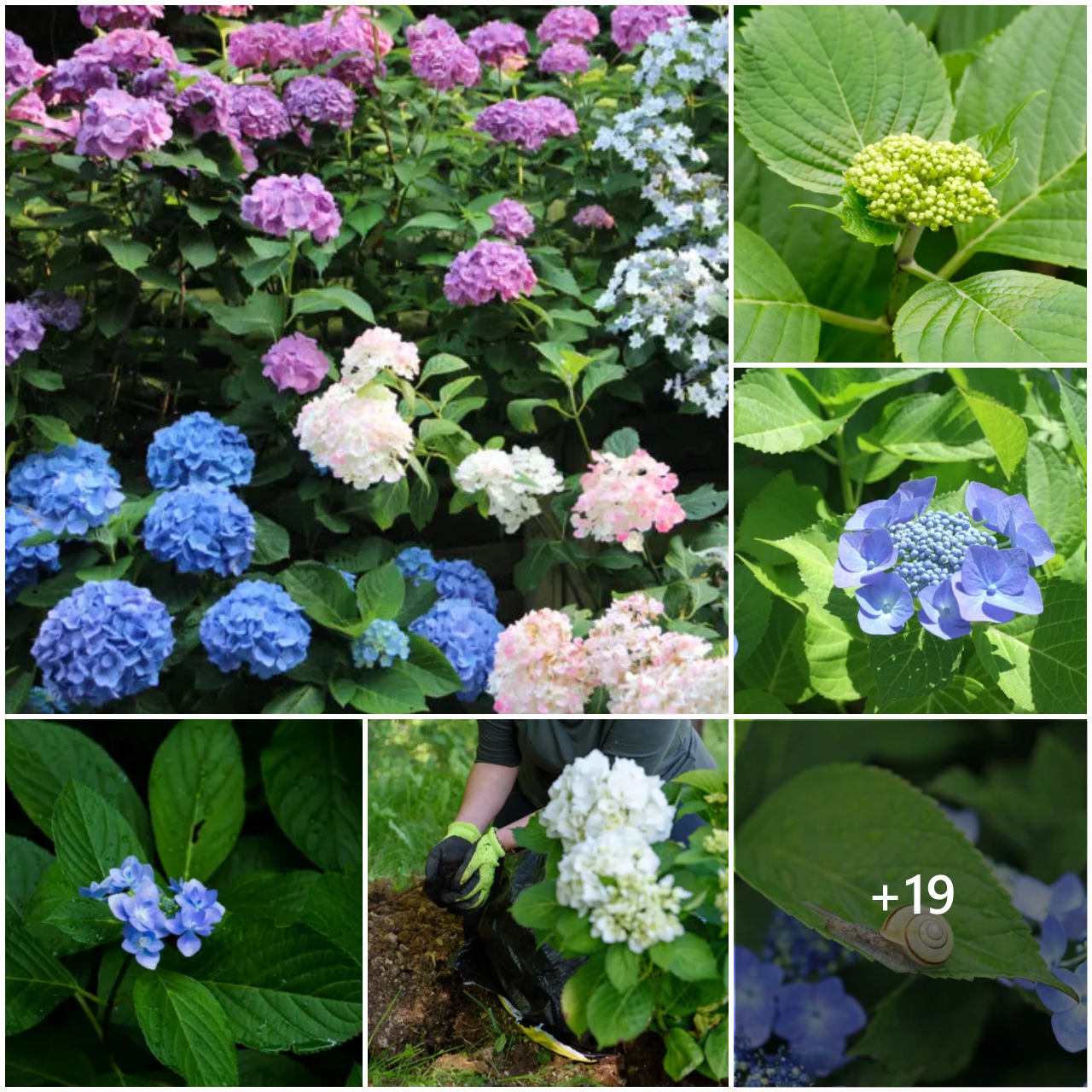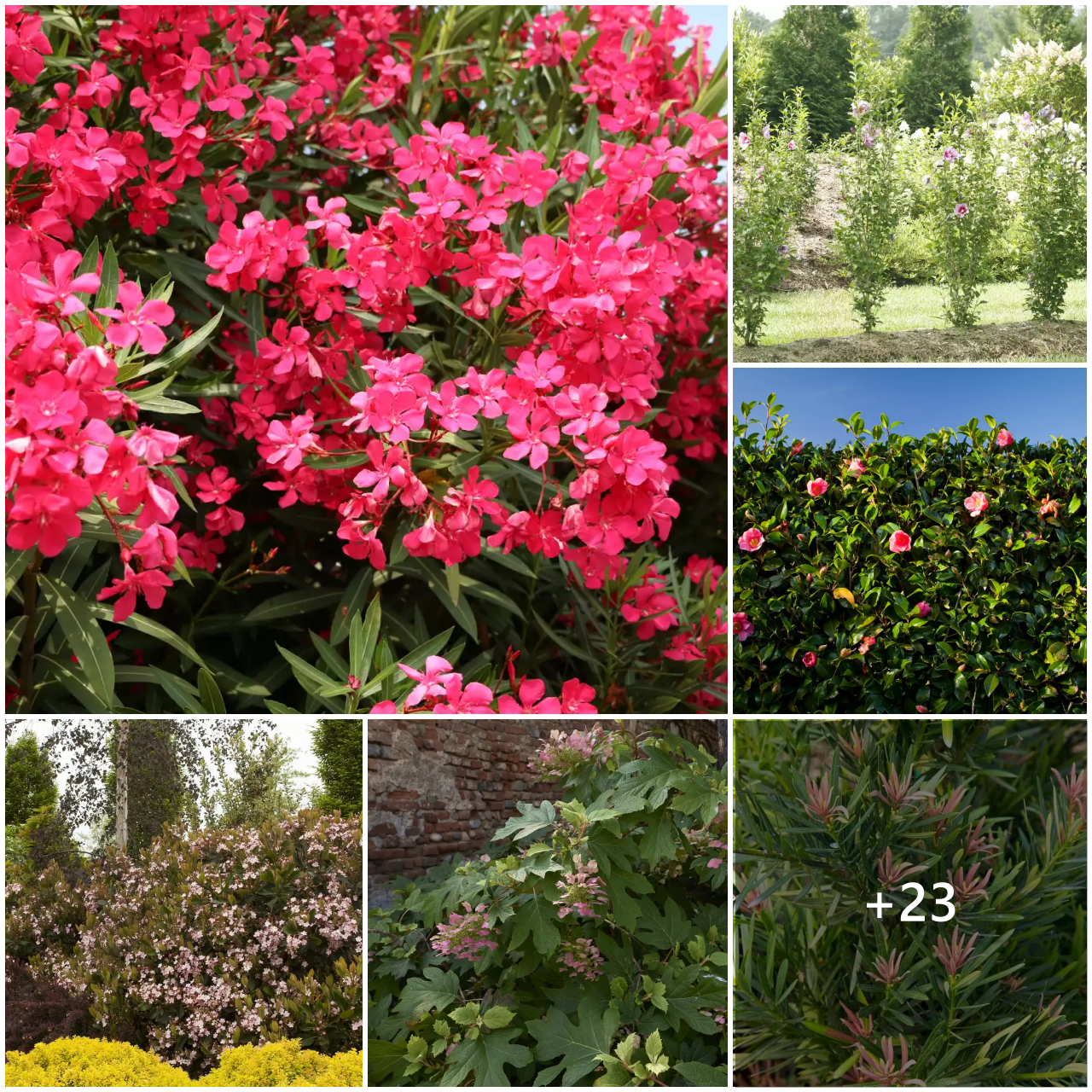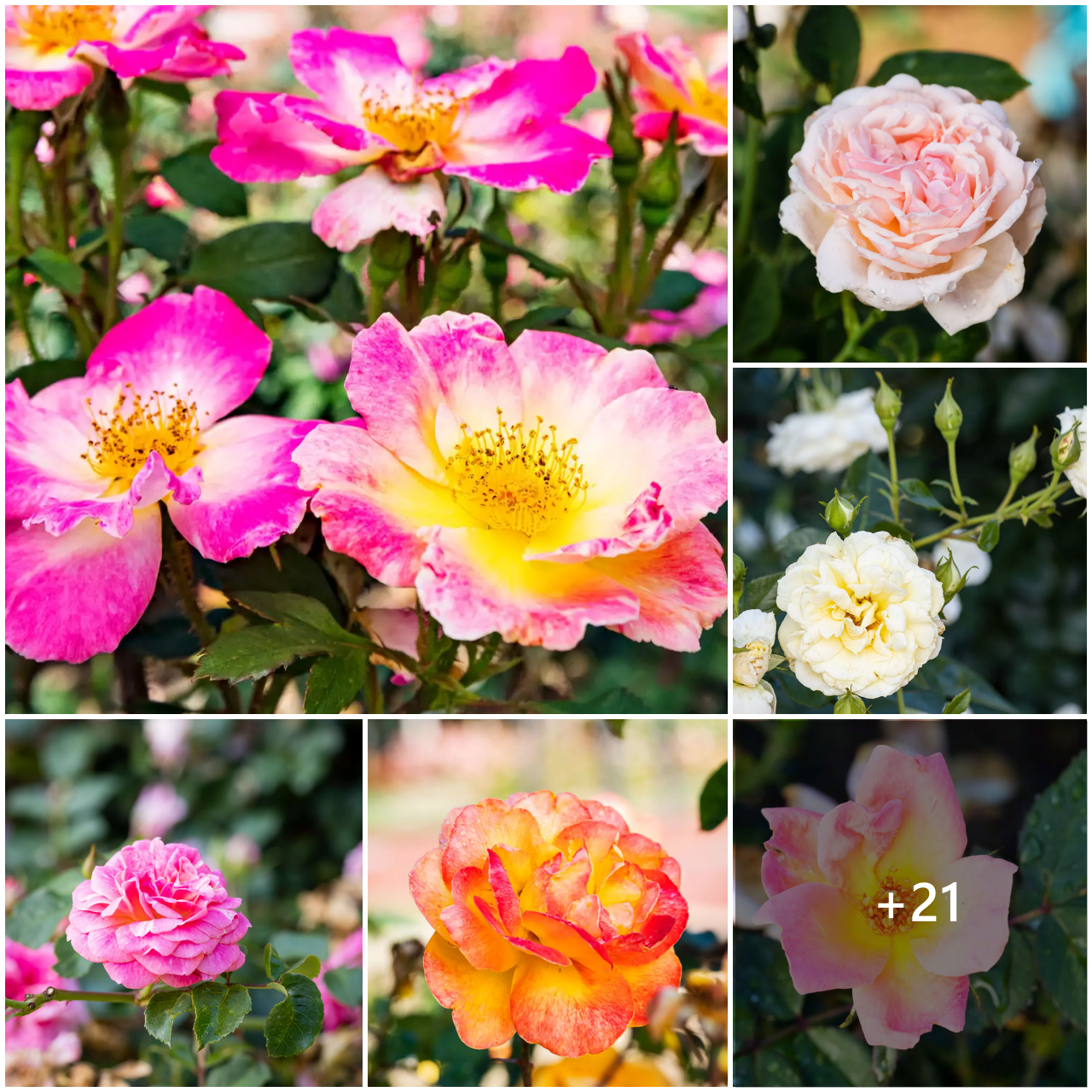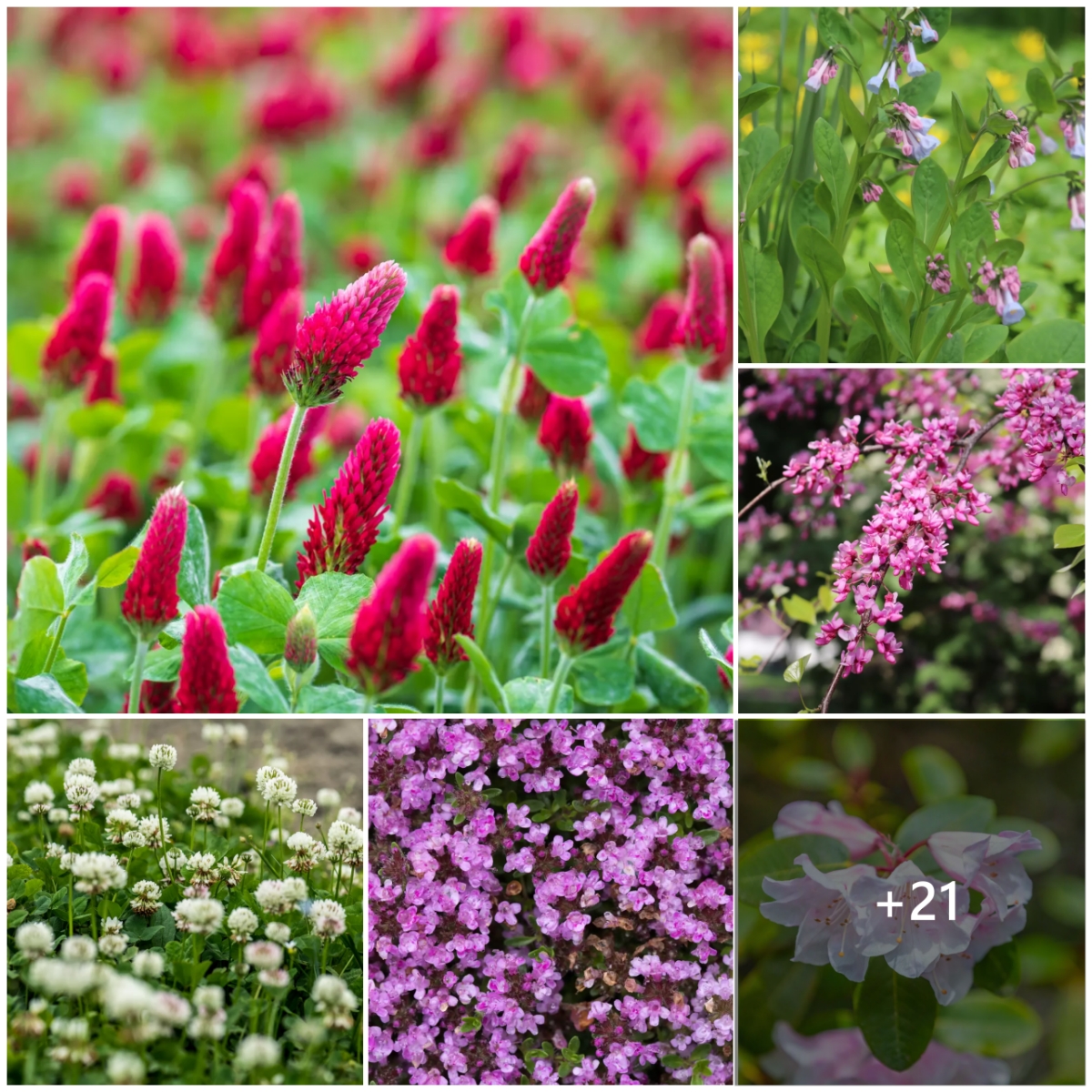After New Year’s, most of us are ready to un-deck the halls and toss the seasonal blooming houseplants we’ve collected during the holidays. We’ve managed to keep these flowers alive—and even thriving—from Thanksgiving and Christmas to New Year’s Day. Our potted poinsettias are probably way past their prime, but chances are, our amaryllises are still going strong. Don’t throw out these flowers just because it’s January. Instead, keep a piece of the holiday spirit alive, and move amaryllises outside once the weather warms up.

Can You Keep Amaryllis Plants For Reblooming?
Amaryllises are traditional blooms to give and grow around Christmastime. Like paperwhites, the real wow factor of these flowers is watching the bulbs blossom right before your eyes. Amaryllis bulbs in pretty wrapping paper make great gifts for holiday hosts. Over a few weeks, the bulbs will sprout Kelly green stalks and showy blooms. Wax-dipped bulbs are an ingenious idea—no watering or potting is required for them to grow. The downside? These bulbs are spent after one growing season and won’t rebloom. Bare bulbs, however, have a much longer lifespan and can be encouraged to rebloom.
How To Overwinter Amaryllis Plants
While we force them to bloom early for the winter holidays, amaryllis naturally bloom in the spring’swarmer temperatures. Rather than tossing an amaryllis after the holidays, keep it outdoors for the spring and summer seasons. These flowers, which are natives of tropical and subtropical Central and South America, can live outdoors year-round in much of Florida while temperatures are above freezing in other areas of the South.
In the rest of the South, you can overwinter the plants indoors. Once the flowers are spent, cut off the flower stalks without damaging the foliage. Keep the bulb planted in its container, and continue to give it regular water and bright light. After the last frost, move the amaryllis outdoors. The bulbs can stay in containers or be transplanted into the ground if you live in USDA Zones 9–11. Plant the amaryllis in a well-drained area, with the top of the bulb poking out above the soil, and water well.
Caring For Amaryllis Outdoors
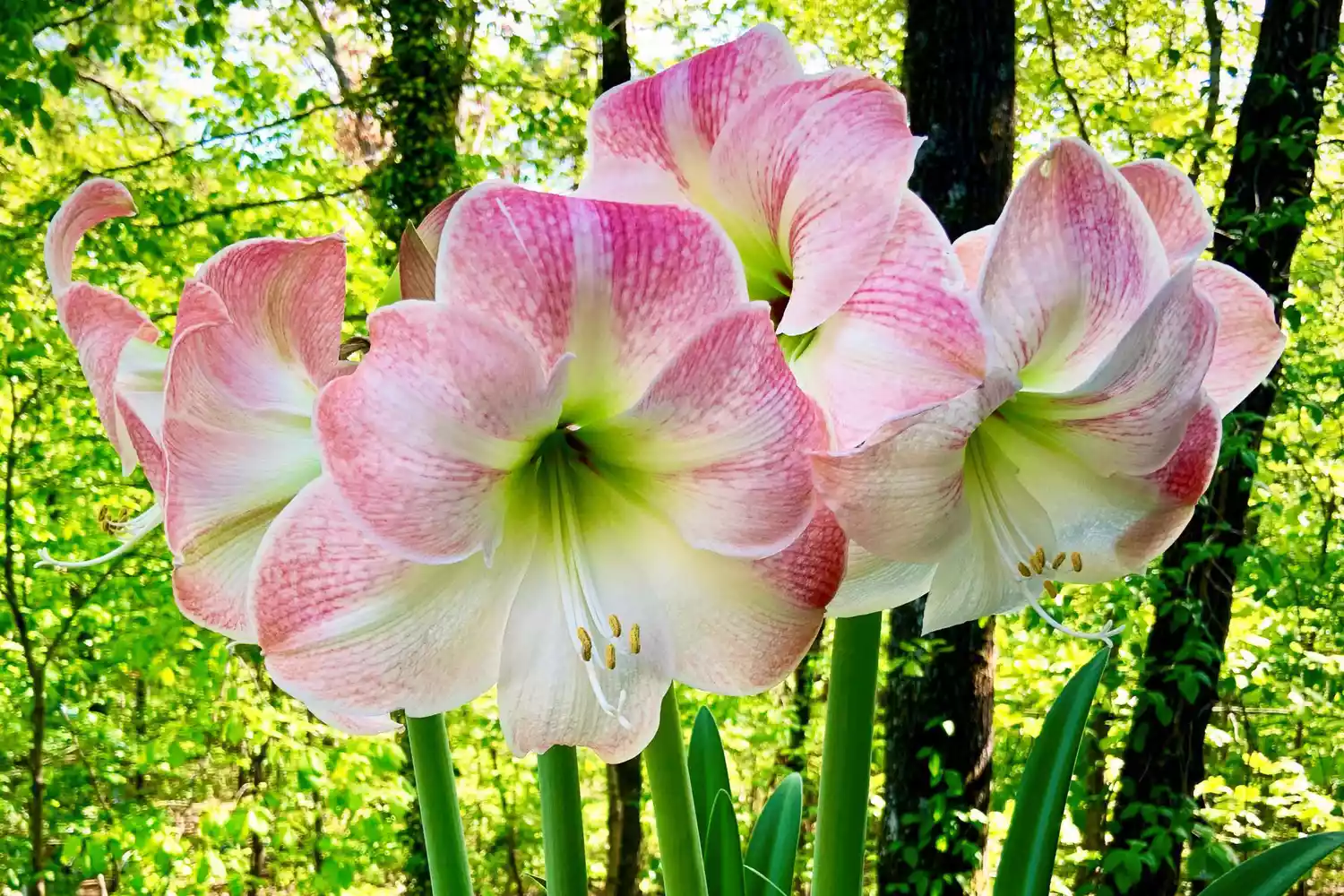
Amaryllis plants should be located in full sun to part shade, appreciating afternoon protection from the sun in hotter areas. In general, these plants are from arid climates and should be watered sparingly to avoid rot—keeping in mind that potted plants often need more water than plants in the ground. Fertilize them with time-release granules in late spring and summer. If temperatures unexpectedly drop (as they usually do during springtime in the South), bring containers indoors until it warms back up.
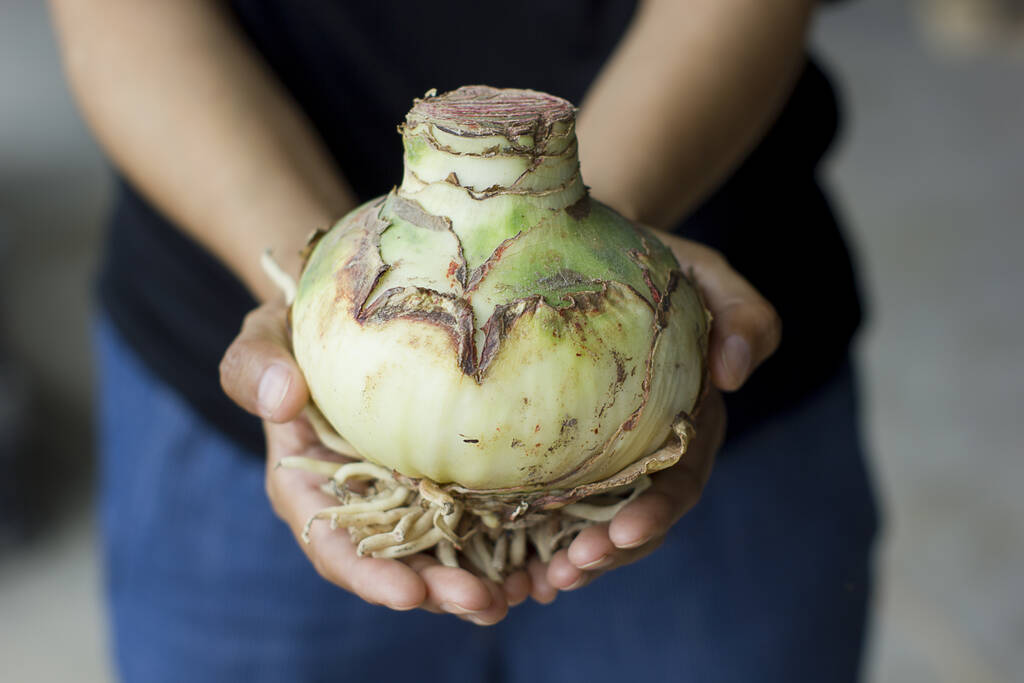
Encouraging Amaryllis To Rebloom
To encourage amaryllis bulbs to bloom again next spring, allow them to go dormant in late summer to early fall for as long as two to four months. The foliage typically begins to yellow and die back when the plant is going dormant. If your amaryllis is growing in a pot, move the container to a cool, dry place like a garage (the temperature should be around 55 degrees). Stop watering while the bulb is dormant, whether it is planted inside or out.
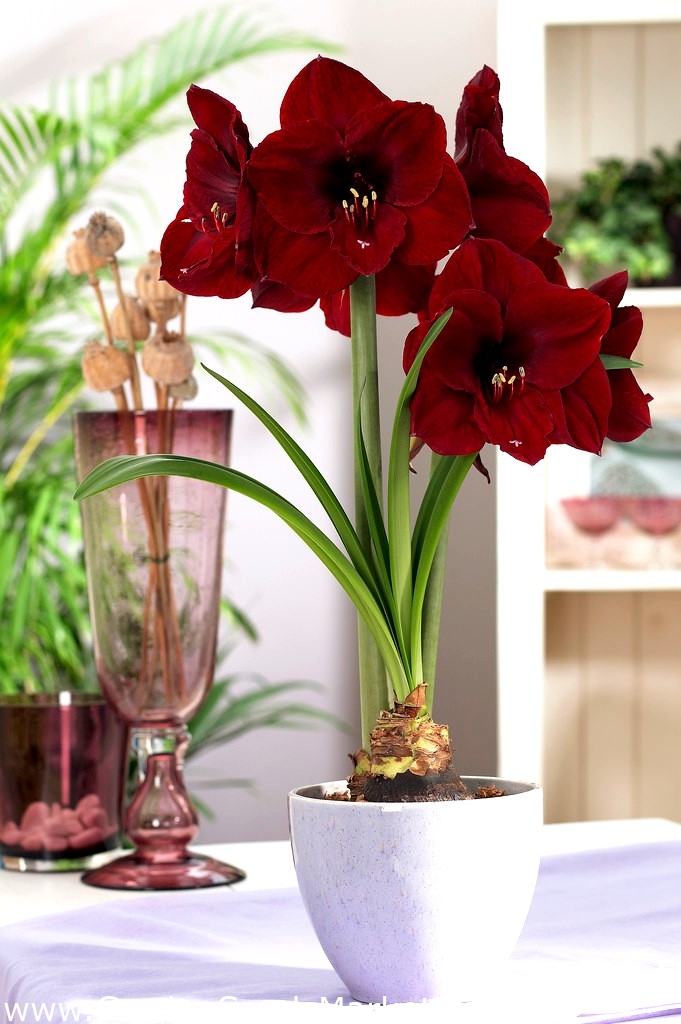
Begin watering the bulb again when you notice it’s started sprouting. Move your amaryllis to a warm, sunny location where it can continue to prepare for a new season of blooming. Then move it back outdoors again after the last frost.
Saving Amaryllis Bulbs
In some cases, you might choose to save an amaryllis bulb and replant it for the next season. Maybe you planted the amaryllis outdoors and are worried it won’t survive a wet, cold winter. If your amaryllis goes dormant in the ground and you would like to bring it in to ensure survival, dig up the bulb after the foliage has completely died back. Store the bulb in a dark, cool space for a minimum of two months. Then plant the bulb in a pot with adequate drainage, leaving about a third of the bulb exposed. Place the pot in a warm, sunny area indoors, keeping the soil barely moist. Once the bulb begins to sprout—which can take anywhere from 4-12 weeks—you should see trumpet-shaped blooms in three to six more weeks, brightening your home for another winter.
